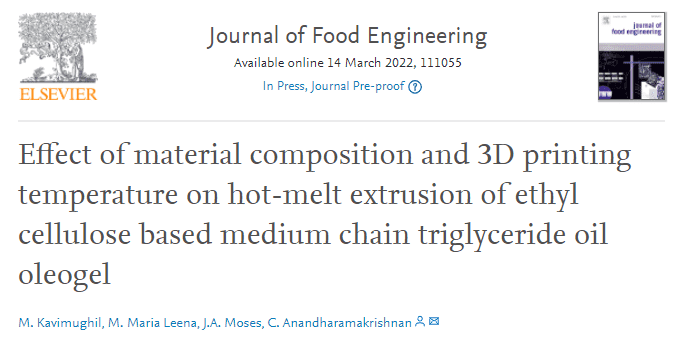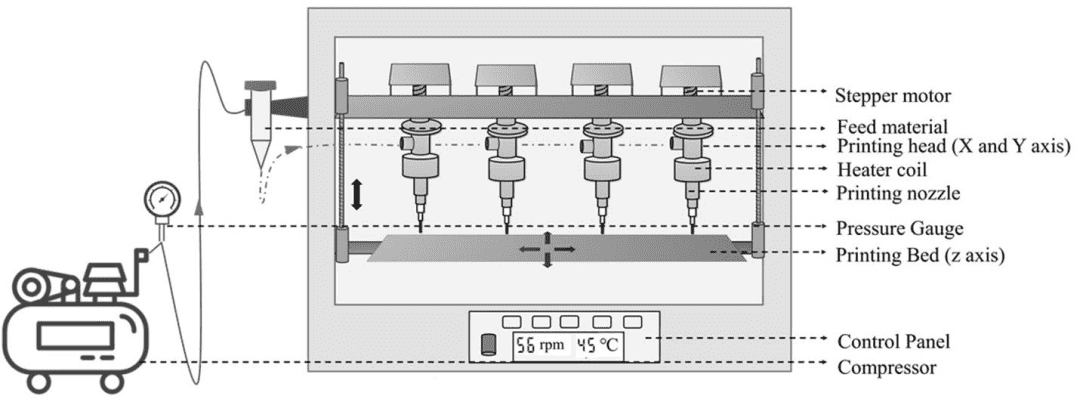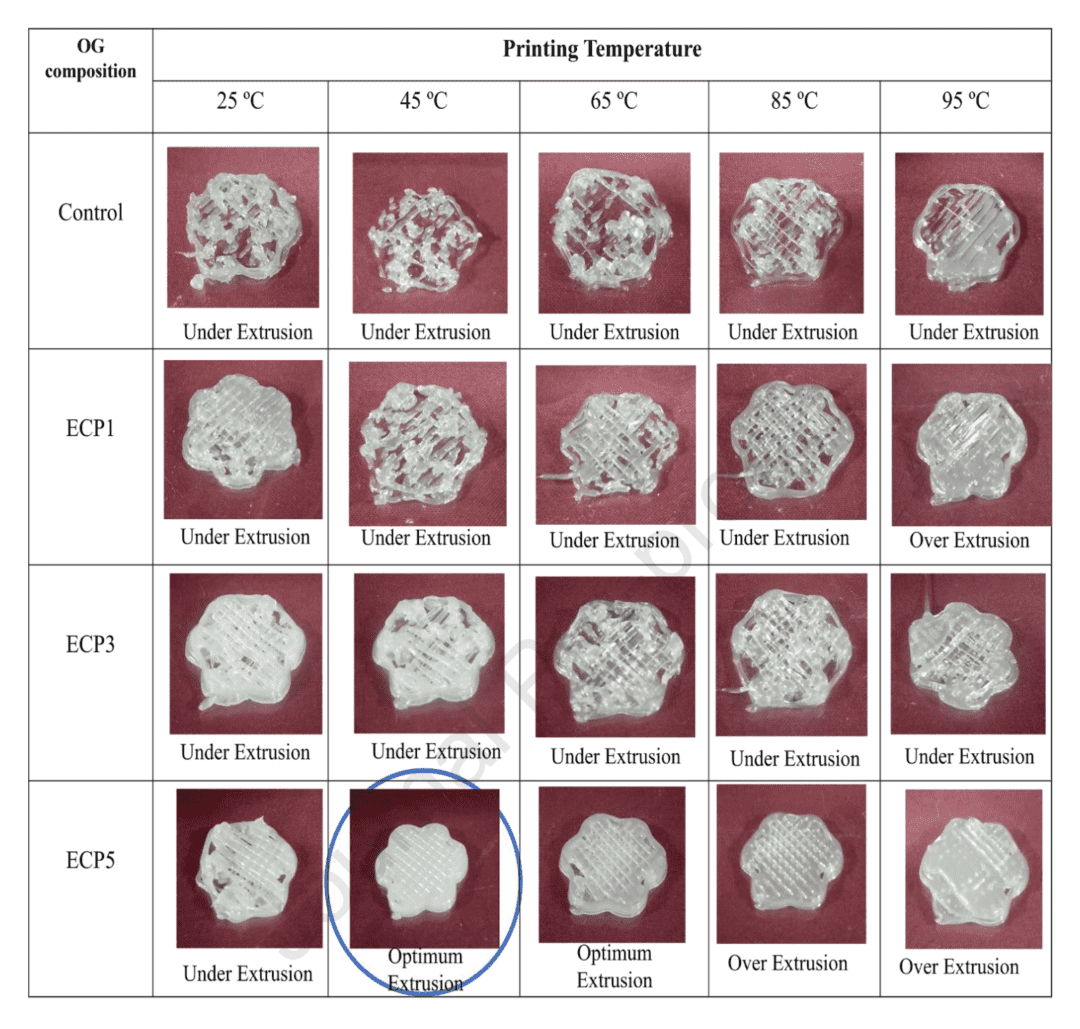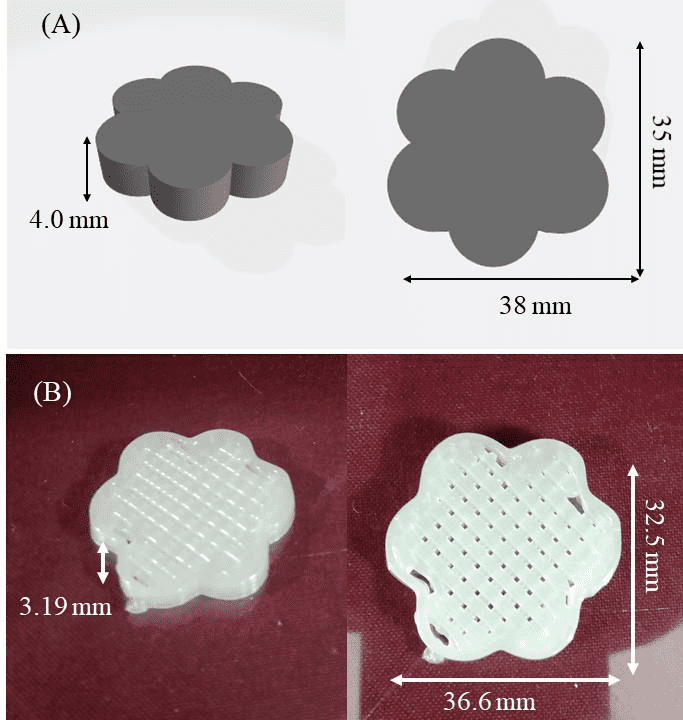March 14, 2022, Indian Country
food
Researchers from the Institute of Technology have published a paper titled “Effect of material composition and 3D printing temperature on hot-melt extrusion of ethyl cellulose based medium in the Journal of Food Engineering (District 1, Chinese Academy of Sciences; IF: 5.354), a top journal in the field of food. chain triglyceride oil oleogel (material composition and3D printingEffect of Temperature on Hot Melt Extrusion of Ethylcellulose-Based Medium Chain Triglyceride Oil Gels)” research paper.

food3D printingAs an emerging nutritional personalized development technology, it has received extensive attention in the food field. Currently, achieving printability of complex materials remains a challenge. Oil gels, also known as fats of the future, can be prepared from vegetable oil sources and can replace unhealthy trans fats in a variety of foods. However, research reports on the printability of oleogels are limited.
Therefore, this paper investigated the effect of surfactant polyethylene glycol monostearate (PEG40S) (1%, 3%, 5% w/w) on 11% ethylcellulose (EC) based medium chain triglycerides (MCT) Effects of oil-gel hot extrusion on 3D printing performance. The researchers characterized EC oil gels using a variety of assays, including oil binding capacity, microstructural analysis, rheological analysis, mechanical properties, and melting point curves. With the addition of surfactants, additional crystal structures formed in the polymer network changed the mechanical properties of EC oil gels. And the researchers evaluated the printability as a function of temperature by changing the printing temperature (25, 45, 65, 85, and 95°C); the results showed that 5% w/w surfactant was printed at 45°C, with Helps to achieve the best extrusion printing results. Overall, this study provides insights into hot extrusion 3D printed oleogel systems, showing promise for the application of such systems for nutrient/nutrient delivery and the development of novel food products, especially those focused on fat replacement .



Paper link:
https://doi.org/10.1016/j.jfoodeng.2022.111055
(responsible editor: admin)


0 Comments for “Influence of material composition and 3D printing temperature on oil-gel hot melt extrusion”